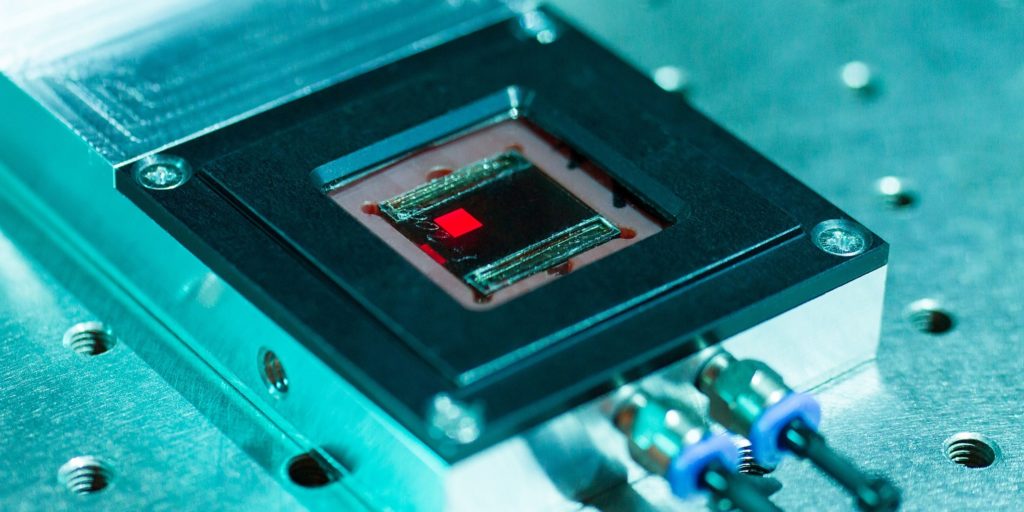From pv magazine Germany.
Scientists at Germany’s Jülich Institute for Energy and Climate Research (IEK-5) have raised the open circuit voltage of perovskite solar cells to a record of 1.26 V.
The researchers say open circuit value is the key to improving cell efficiency, as it shows how many electrical charge carriers are present in the cell when light falls on it, and is thus directly proportional to achievable performance.
The scientists also say the voltage is interesting because it shows how much energy is lost in the cell through recombination processes – which occur when charge carriers in solar cells fall back from an excited to a normal state. How long mobile charge carriers stay in an excited state depends on, among other things, the materials and interfaces used, which can be developed using different manufacturing techniques.
The minimum required energy for the excitation of electrons – the band gap – also has an effect on open-circuit voltage but usually does not increase efficiency. Therefore, open circuit voltages should always be compared to the band gap of the semiconductor. At higher band gaps, the open circuit voltage increases but fewer photons will be absorbed.
Popular content
Printable PV on a par with conventional?
The previous maximum open circuit voltage of perovskite solar cells with the most commonly used band gap – 1.6 electron V – was, according to the IEK-5 team, 1.21 V. The theoretical maximum lies at the currently used band gap of 1.32 V.
The IEK-5 scientists have demonstrated achievable stress is, in principle, not limited by contact materials on either side. In terms of recombination, the quality of the layers and interfaces in the cells are similar to that of cells made of silicon and gallium arsenide, which can only be produced using extremely complex methods at high temperatures.
That means, says the research team, printable photovoltaics and optoelectronics have the potential to eventually realize similarly efficient devices as those made from conventional semiconductor materials. However, commercial production is still a long way off as the current generation of perovskite solar cells has considerable problems with long-term stability.
This content is protected by copyright and may not be reused. If you want to cooperate with us and would like to reuse some of our content, please contact: editors@pv-magazine.com.


By submitting this form you agree to pv magazine using your data for the purposes of publishing your comment.
Your personal data will only be disclosed or otherwise transmitted to third parties for the purposes of spam filtering or if this is necessary for technical maintenance of the website. Any other transfer to third parties will not take place unless this is justified on the basis of applicable data protection regulations or if pv magazine is legally obliged to do so.
You may revoke this consent at any time with effect for the future, in which case your personal data will be deleted immediately. Otherwise, your data will be deleted if pv magazine has processed your request or the purpose of data storage is fulfilled.
Further information on data privacy can be found in our Data Protection Policy.